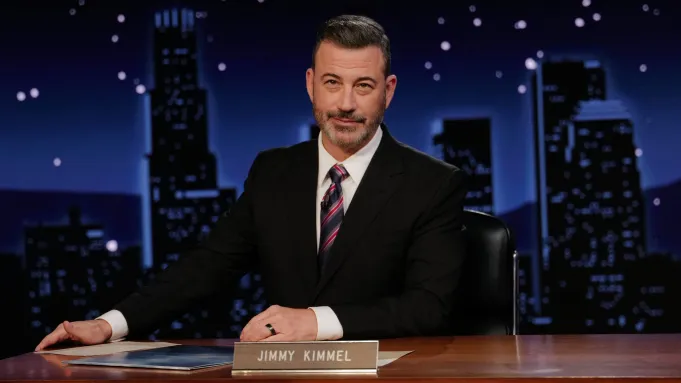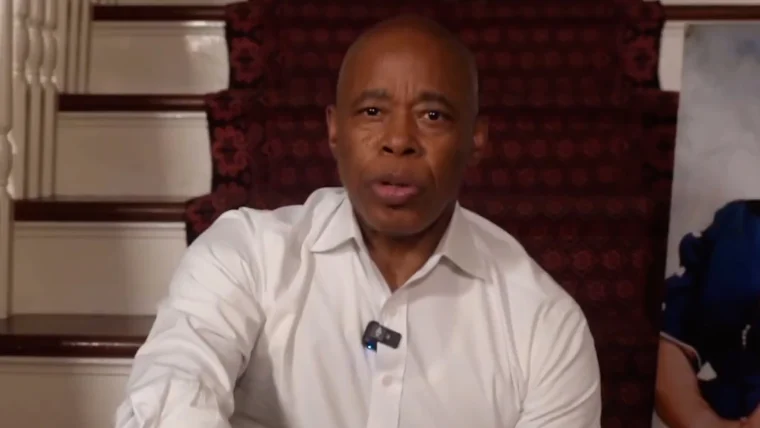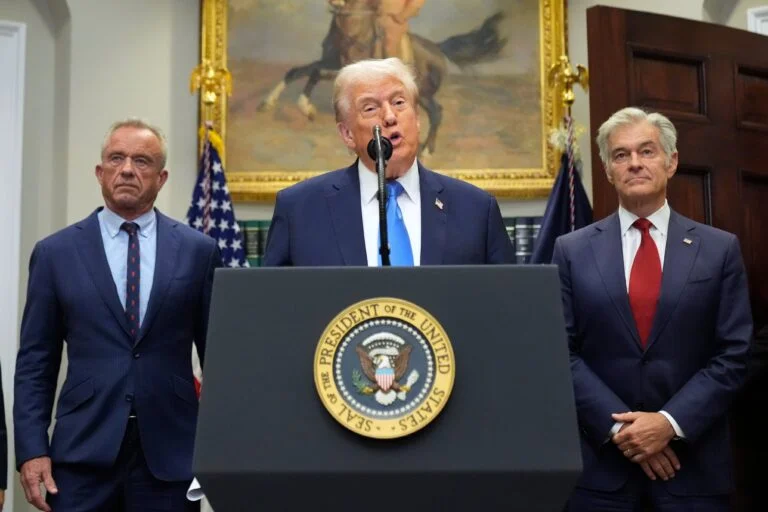Protests over gender equality have broken out recently at the Western Wall in Jerusalem, one of Judaism’s most sacred sites. The groups protesting, primarily Conservative and Reformed diaspora Jews, are demanding that a space be set aside along the Western Wall for the genders to pray together. As it stands today, men and women must pray separately. Not only this, but women on the site are not allowed to read Torah scrolls nor are they allowed to wear tallit, a tradition piece of Jewish garb.
For Professor Roland of the University history department, context is key, especially in regards to religious tradition. Roland explains, “The Western Wall, or the Kotel, actually part of the retaining wall, is the only surviving part of the Second Temple, which was destroyed in 70 A.D. It is the holiest site where Jews are allowed to pray and they have done so for centuries. Among Orthodox Jews there has always been gender segregation in synagogue worship and rituals. This is still true for the Ultra-Orthodox and some Modern Orthodox Jews.”
Despite the fact that gender segregation is deeply entrenched in Jewish tradition, and those who hold to this feel a sense of divine ordination, many more open minded, progressive Jewish people feel as though such sentiments are antiquated and, frankly, sexist.
Professor Roland however sees the controversy as quite nuanced, considering both sides have cases worth examining. According to Roland, “Many Jews consider gender segregation in Orthodox Judaism as discrimination and sexism, as women are not permitted to participate in the minyan (quorum for prayer) or to read from the Torah. The Orthodox respond that there are simply specific prescribed roles for men and others for women.”
The primary activist group pushing for gender equality at the Western Wall is known as the Women of the Wall. They have existed since the early eighties and have been advocating for equality ever since. Not only does this group find segregated prayer and privileges in the Jewish tradition at Jerusalem abhorrent, they believe it is wildly unjust that women who break these rules of oppression can face up to a year in prison in Israel. The Women of the Wall however are not alone as many Reform and Conservative Jews of all genders around the world feel the same way.
The most recent protest over the issue occurred Wednesday, Nov. 2. Protestors entered the Western Wall space regardless of their gender and armed with their own Torahs. Authorities responded with harsh physical treatment which involved pushing the protesters as well as confiscating their Torah scrolls. Not only that but many young male ultra-Orthodox individuals involved themselves in opposition to the protestors as well.
After years of deliberation with activists groups such at the Women of the Wall, the Israeli government and its prime minister, Benjamin Netanyahu, agreed to set aside a space for gender neutral prayer along the Western Wall back in January. Nearly a year later no such space exists. Protesters have taken this as an outright negation of the agreement altogether. Skeptics believe the reason for this is that Netanyahu does not want to upset his ultra-Orthodox political base, the group most fervently against gender equality in prayer.
As the fight for gender equality worldwide continues, those at the heart of the conflict feel as though it is something where one is either all in or all out. In other words, the genders must be equal in all contexts, religious and secular, for them to be even considered equal at all. The Women of the Wall and other Western Wall activist groups are viewed as an inspiration for feminism globally.






